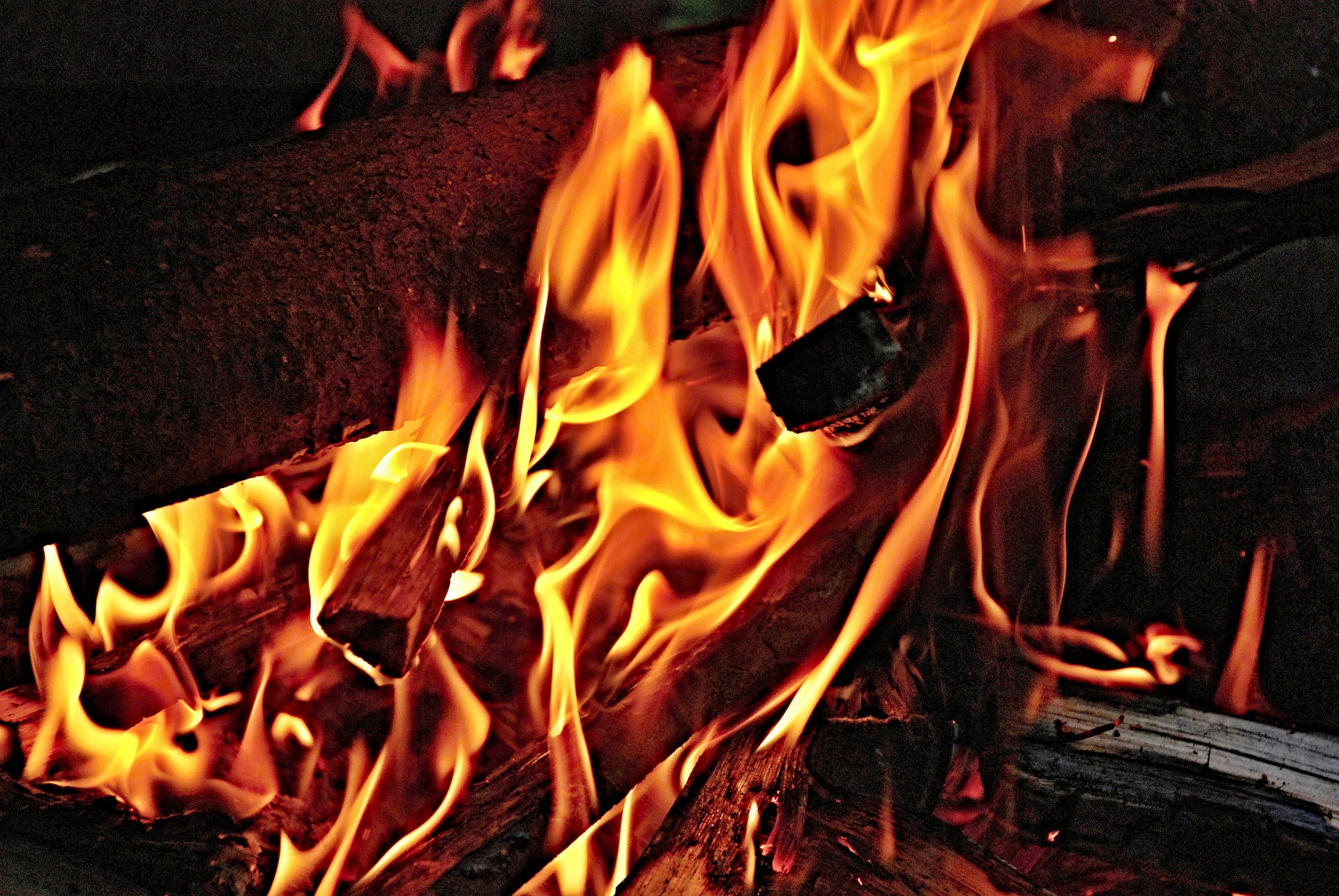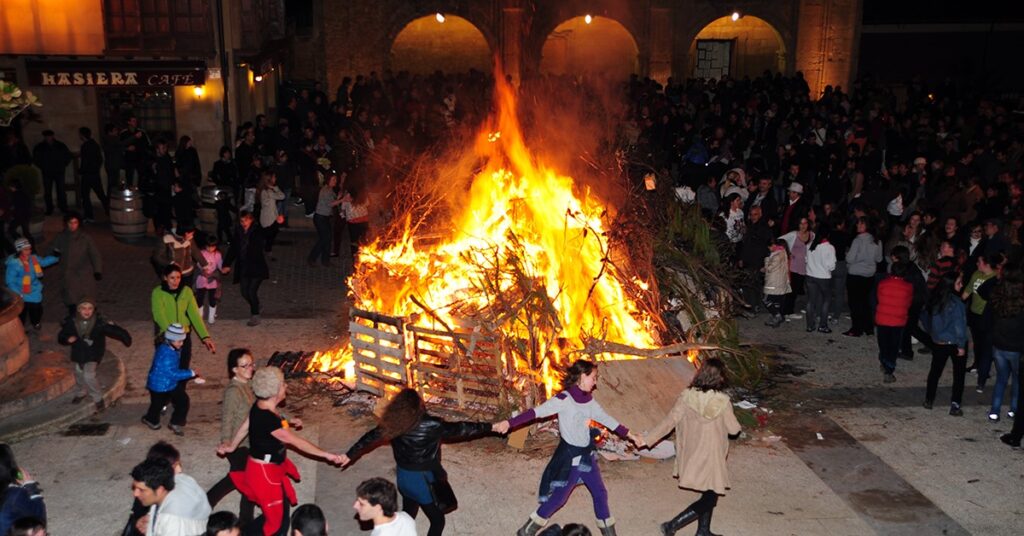Archives
Saint John´s night and solstice feast have been associated with an infinite number of protection rituals for centuries: the beneficent use of water collected on this date, the free aerial circulation of harmful underground and aerial beings, the purifying use of fire, and the importance of the king star at this particular feast. The sun has led to the collective belief of St John´s being the longest day of the year (scientifically refuted), and also its singular and expected dance at dawn (optical effect known as “sun dog or parhelion”), and the bonfires that hoot the night light with their flames that make shadows of those around them dance. Therefore, it is no wonder that people and communities were captivated by the visual spectacle of the moment, trying to emulate it in their family or collective festive activities.
If we are referring to the northern hemisphere and, specifically, winter, while the start of the astronomical season is set by the Solstice between 19 and 22 December, depending on the year, the meteorological season is based on whole months: December, January and February.

Fire in the hearth.
The celebration of solstices dates back to ancient times, and there are good reasons to think some of the practices and beliefs observed in this land might have roots in certain solstice rituals, as might be the case with an old Christmas tradition now almost extinguished and to which this note is devoted to. (more…)





